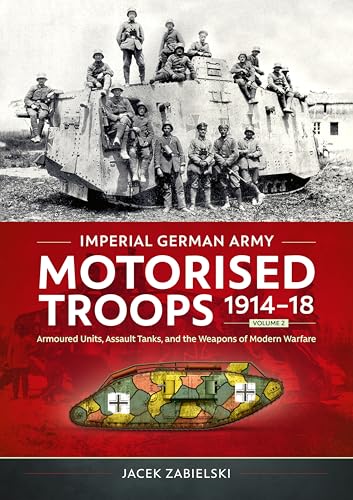
Early US Armor
by Steven J. Zaloga
"Tanks 1916–40"
Popularity
4.42 / 5
* A book's popularity is determined by how it compares to all other books on this website.
Where to buy?
Buy from Amazon* If you buy this book through the link above, we may receive a small commission at no extra cost to you.
Early US Armor by Steven J. Zaloga
Details
War:
World War I
Perspective:
Tanks
Biography:
No
Region:
North America
Page Count:
49
Published Date:
2017
ISBN13:
9781472818096
Description
Brief Summary
"Early US Armor" by Steven J. Zaloga provides an in-depth exploration of the United States' pivotal role in the development of tanks between the two World Wars. The book delves into the initial use of French and British tank innovations during World War I and the subsequent evolution of American tank design leading up to World War II. Readers will find a narrative that not only highlights the successes of American tank design but also candidly discusses the failures experienced along the way.
Main Themes and Topics
The primary focus of "Early US Armor" is the evolution of American tank design from 1916 to 1940. Zaloga examines the transition from using foreign tank models, such as the French Renault FT and British Mark V, to developing indigenous American tanks like the M1 Cavalry Car and the M2 Light and Medium tanks. The book emphasizes the challenges faced by tank designers during this era, providing a comprehensive understanding of both successful and unsuccessful designs, which laid the groundwork for the more effective Stuart and Grant tanks used in World War II.
Writing Style and Tone
Zaloga's writing is both informative and engaging, characterized by a straightforward tone that makes complex technical details accessible to readers. The book is well-illustrated, featuring previously unpublished photos that enhance the textual information and provide visual context to the historical narrative. Zaloga's expertise is evident through his well-researched and thoroughly detailed account, making the book particularly appealing to military history enthusiasts and those interested in the intricate development of armored vehicles.









